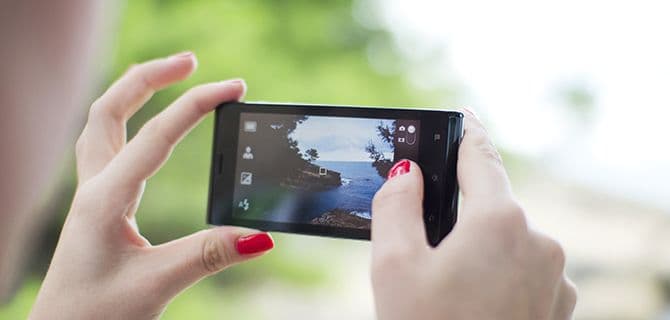Video abstracts can be a great way to expand the visibility of both a study and its authors. Both fellow scientists and laymen alike can learn about your findings. One of the easiest and most cost-effective ways to record a video is by using a smartphone. Here are six key tips to helping you record […]

Video abstracts can be a great way to expand the visibility of both a study and its authors. Both fellow scientists and laymen alike can learn about your findings. One of the easiest and most cost-effective ways to record a video is by using a smartphone.
Here are six key tips to helping you record a video abstract on your phone:
Know what you’re going to say and how to say it
Before you hit the record button, you should have a clear idea of what to discuss and in what order. Write down an outline of the points you want to make and practice phrasing them in ways that can reach a wide range of viewers. Explain your study and its findings in a way your peers can understand, but include examples that those who aren’t in your field can grasp it. When you can explain without hesitation, you are ready to shoot.
Pick the right location
Find someplace quiet to shoot your video. You don’t want a high-traffic area or a location where there is a lot of ambient noise. Make sure the room you select doesn’t have an echo that could affect your audio quality. If you have a microphone, make sure to use it.You will also want a background that is simple but not boring. Avoid blank walls, whiteboards or other backgrounds that have a completely uniform appearance. Your office or work area should have a good background. If you have only blank walls to work with, try hanging a curtain to add some color, or adding simple, stationary objects into the background, such as an office plant.
Use good lighting
When shooting a video, give yourself as much light as possible. This can mean making sure all the lights are on in the room or shooting in a place with a lot of natural lighting. Avoid shooting with a bright light or window directly behind you, as this will cause a shadowy effect on your face and eliminate detail in your video. Keep the lighting pointed down or at your front.
Frame yourself
Find a way to point your phone at you from a fixed, secure position. This can mean stacking up books to the right height or placing your phone on a tall piece of furniture. Make sure the smartphone is on its side in landscape mode. You will want to have the phone at about your eye level, so if you plan to sit for your video, it’s best to use an adjustable chair.Try shooting a few seconds of video to see if you are lined up right and whether your audio levels are correct.
Get your message across quickly
Filming yourself uses many of the same lessons you would use in any public speaking situation. You should avoid touching your face or making any nervous movements that could distract the viewer, but it’s OK to use gestures to emphasize your points. Remember to speak clearly and slowly. Avoid a conversational rate of speech you that you can be easily understood. When speaking, look directly into the camera as much as possible, so that the viewer connects with you. If you stumble or lose your train of thought, pause for a few seconds so you know where edit later. Take a breath, find a good place to resume, perhaps at the beginning of the point you were making, and continue.
Edit wisely
As you make edits to your video, try to keep your run time down to five minutes. This way, you can keep your viewers’ interest the whole way through. Consider using graphics in your video to demonstrate your findings, or display some of the key data or equations you are discussing. You may also want to include an exact transcript of what you say in the video to ensure your abstract is as accessible as possible.